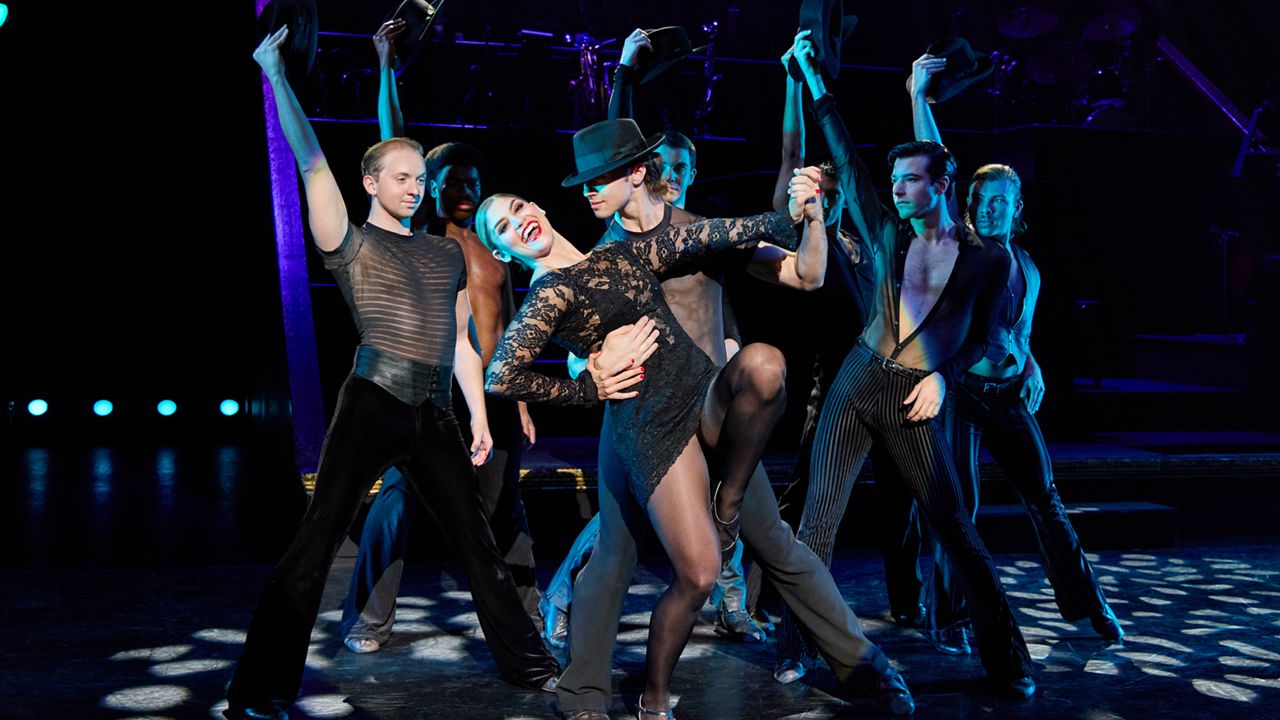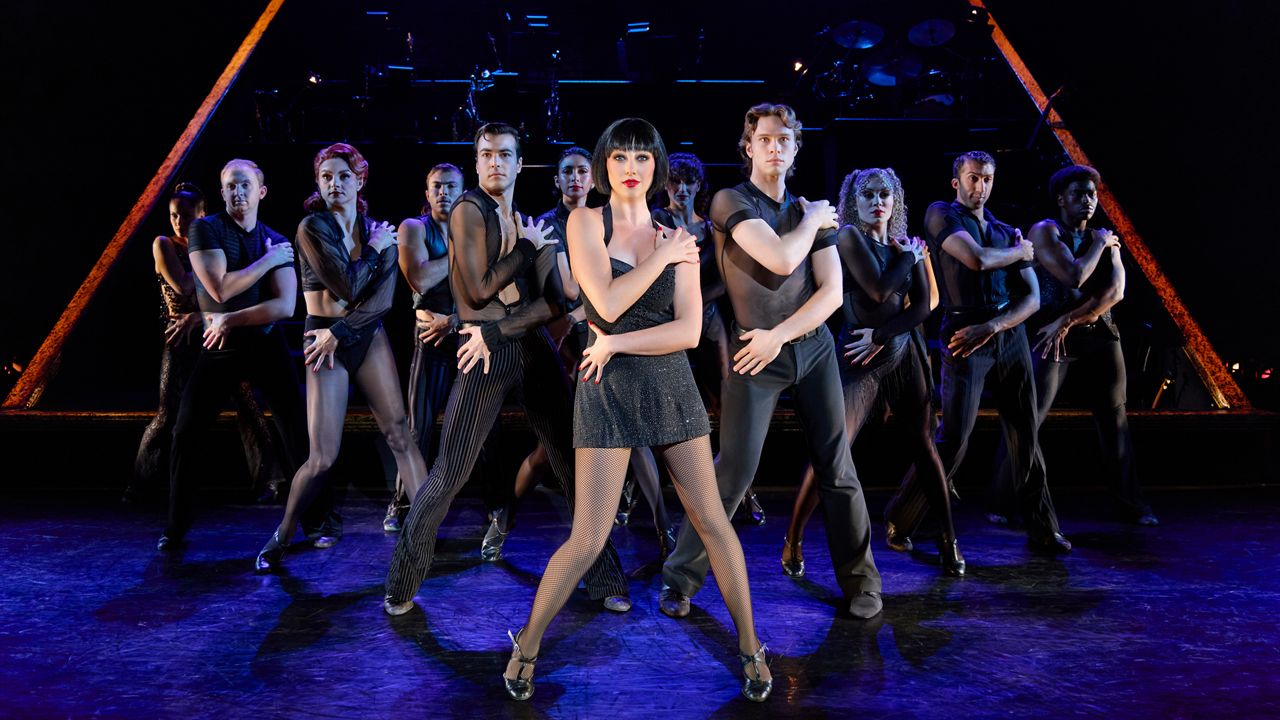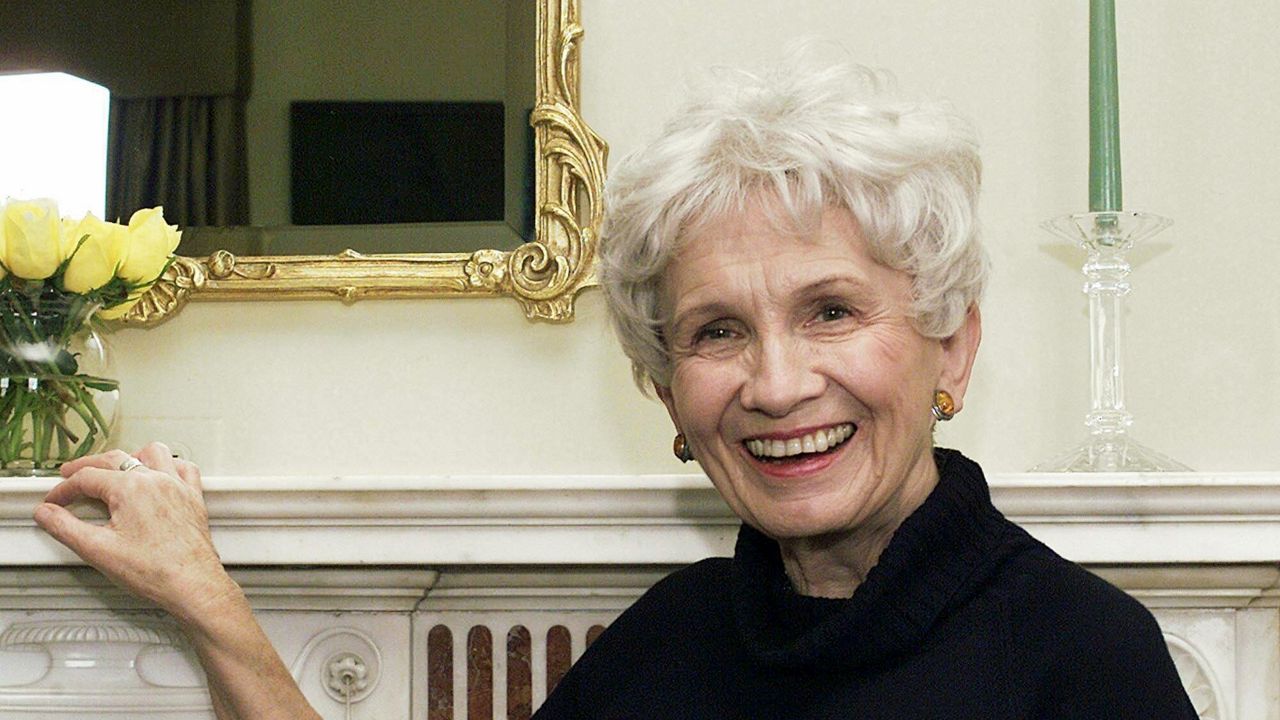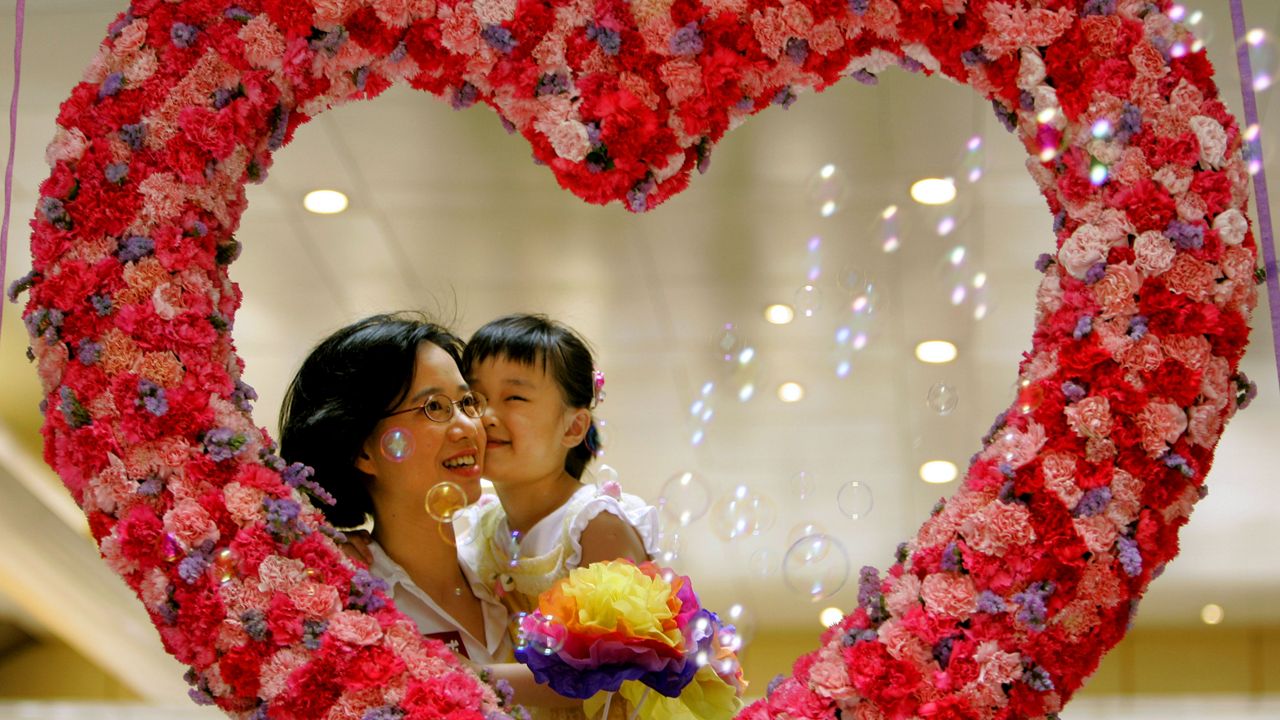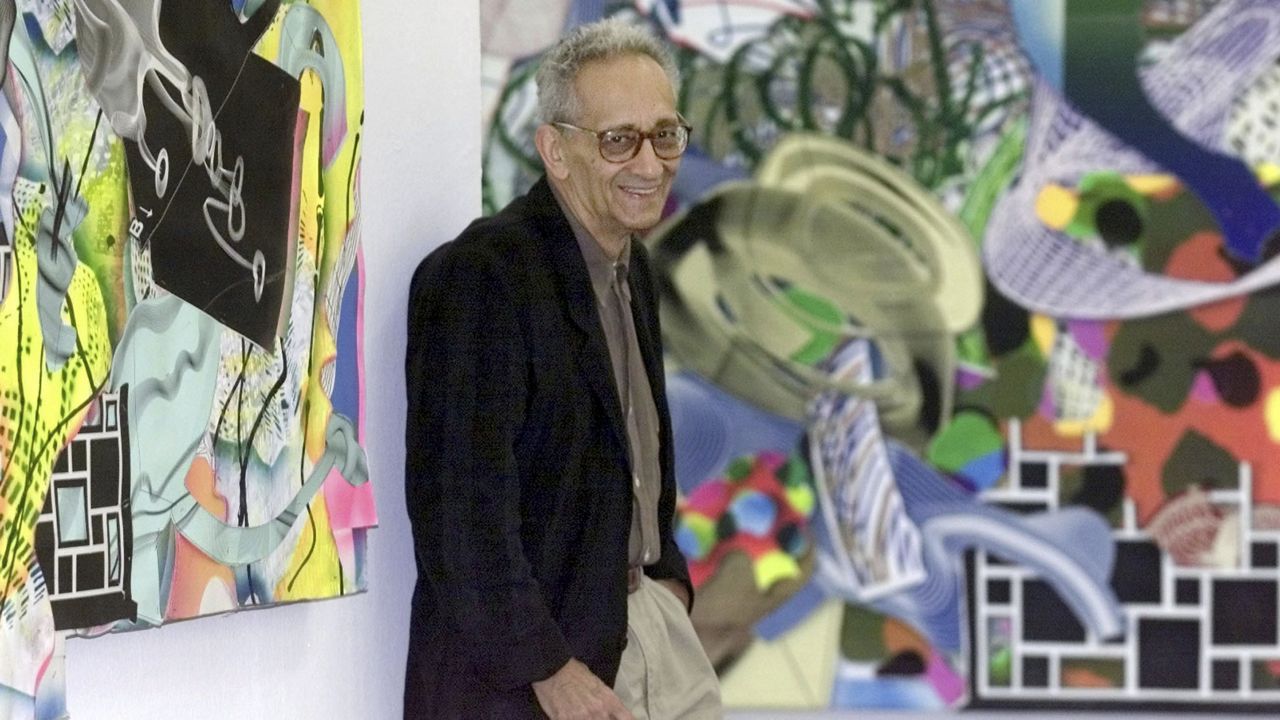APPLETON, Wis. — The circle of life that moves us all is headed to Wisconsin.
“The Lion King” was released in 1994, and was quickly adapted to a stage musical by 1997. More than 27 years later, the Disney classic is still touring, bringing pride rock to people in every corner of the U.S. Now, the Broadway show is heading to Appleton. “The Lion King” opens at the Fox Cities Performing Arts Center Jan. 8 and runs in Appleton through Jan. 26.
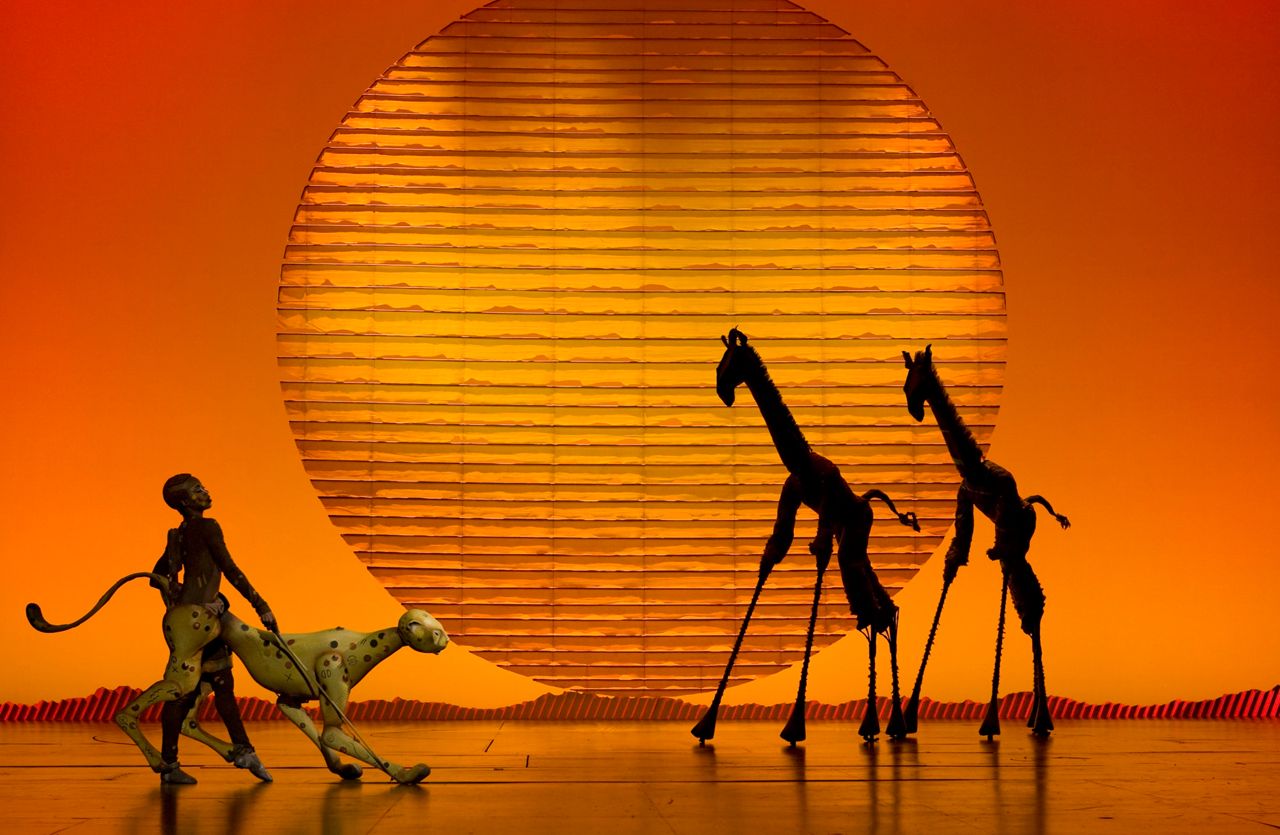
Through the years, thousands of people have worked on the musical, the movie and its subsequent prequels, sequels and live action remake. But two of those people had a hand in both the original animation and the Broadway show.
Roger Allers served as the co-director on the 1994 classic, then brought the story to life by working on the book for the musical alongside Irene Mecchi, who was also co-author on the animated film.
Naturally, when Julie Taymor was brought in to be the director of “The Lion King” as it was making its way to the stage, she pegged Allers and Mecchi to help her brainstorm.
Taymor had the support of Disney executives to implement innovative ideas for the shows using puppets and masks. She met Allers and Mecchi for lunch, along with some other Disney leaders, and got to work.
That lunch turned into weeks of spending time together talking all things “The Lion King.”
“We started working with Julie doing that and we thought this would be for a few weeks or something,” Allers recalled. “But the longer we worked with her, there were times she would talk about, ‘Oh this scene … Maybe we could do this.’ And then Irene and I would improvise a scene and pull up the character voices out of our heads."
“At one point, Julie said, ‘Wow, you guys have these characters in you still. Why am I looking for a writer? Would you guys like to write this thing?’” Allers added. “And that’s how that got started.”
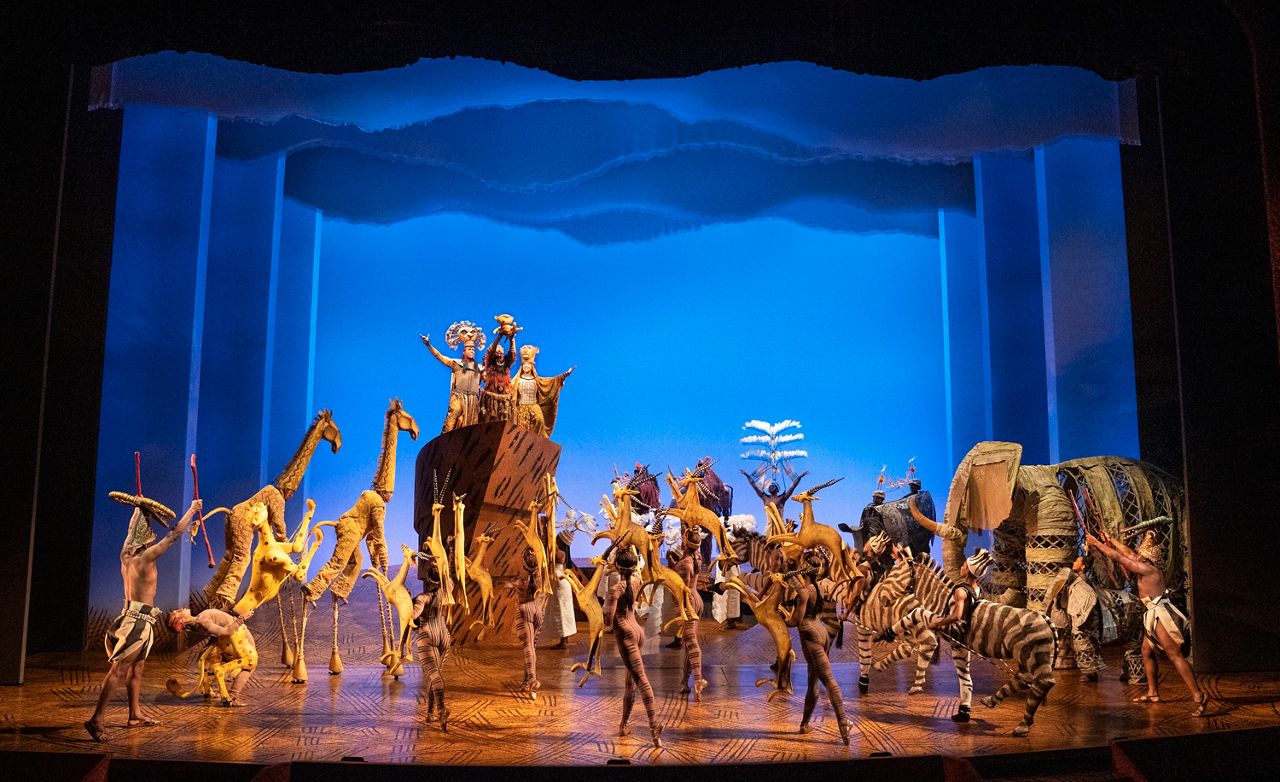
He and Mecchi got to work — officially — on the show. While they are both proud of the film, they said the show afforded them the opportunity of time, allowing them to explore things they had to table for the movie.
“I always love to say when you make a movie, it’s locked for perpetuity," Mecchi said. "And when you’re able to go back and look at the story, there were always areas you wish you had more time to explore."
The film, the duo explained, offered a certain set of limitations that were lifted from the live version.
“We had to keep [the movie] down to like an hour and 20 minutes because that was the only economically feasible way of doing it," Allers said. "Otherwise, it would be too expensive. Also, they were considering children’s attention spans. So we were limited to that."
The movie clocks in with a run time of just under an hour-and-a-half. The musical tacks on just over an hour to that.
“When we got to the stage play, of course, then there was more music added. Everyone was ready to expand on that so we got a chance to see things, like for example, in the death of Mufasa, where we actually got to have the chance to go back and explore how this is affecting everybody in great depth,” Allers said. “For me, that became such a powerful moment in the play.”
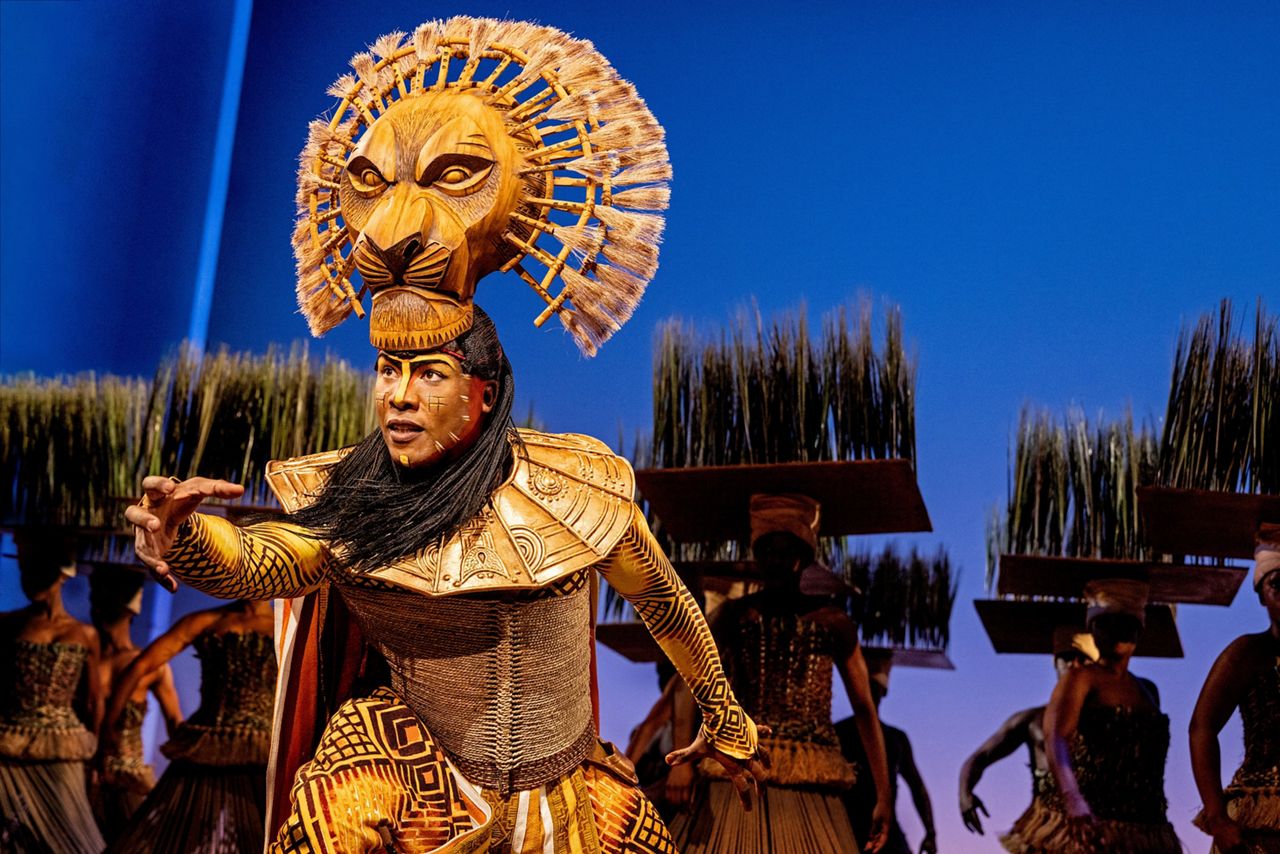
There were some aspects of the story that demanded expansion from the creative team. For instance, a scene change in a movie can happen in an instant, but changing over sets on stage takes more time.
But the two said they saw it as an opportunity. They could further develop relationships, add dimension, expand scenes and even discover more about the characters they created.
Female roles — such as Nala — are expanded in the musical.
Mecchi pointed to a CD released by Disney shortly after “The Lion King” film was released entitled “Rhythm of the Pride Lands,” featuring songs based on the underscore in the film.
“There was one that seemed to be the right fit that became ‘Shadowland,’” she said.
During the song, Nala is saying goodbye to her land, lion pride and home as she looks for a new place to live, free of Scar’s cruel reign.
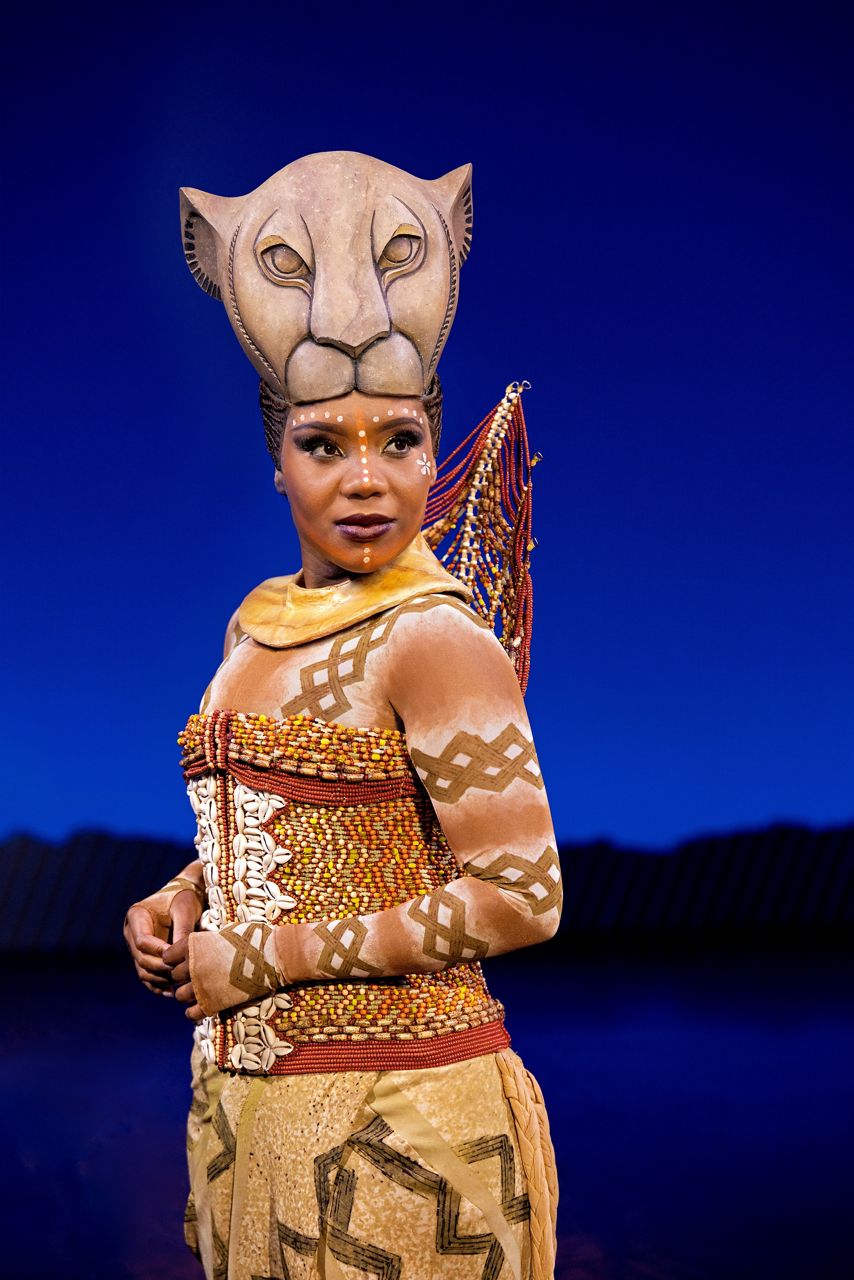
“What’s wonderful about this piece of theater is its thematic elements have grown and morphed with time and people can relate to aspects of their life to it,” Mecchi said. “I think the ‘Shadowlands’ song is particularly resonate.”
Rafiki further expands the female presence in the show. In the film, Rafiki is voiced by a man but in the show the character is played by a woman.
“I know Julie had been introduced to the idea of a woman jazz singer in South Africa that could also act. And leaning into certain tribes in South Africa — which ‘The Lion King’ is set somewhere in Africa — have a shaman whose female. So that’s how Rafiki switched genders,” Mecchi said. “I think it really works … It’s phenomenal to bring that life to the show.”
Rafiki is a huge part of the show, Allers and Mecchi said. After all, she is the audience’s first introduction to “The Lion King.”
“When she opens it, that kind of blow a hole through the atmosphere in the theater,” Allers said. “That opening chant just, it’s more than opening a curtain. … I find it thrilling every time I sit in the theater.”
Mecchi said that even though “The Lion King” has been translated into many languages, the chants always remain in their native languages.
“Again, honoring the roots adds a certain amazing dimension to the stage show. It’s there in the movie, but in the stage show you see the grasslands come up, the lionesses’ hunt, the beauty of the costumes and that gorgeous chant,” she said. “It’s just bring authenticity that were all striving for in our artistic minds.”
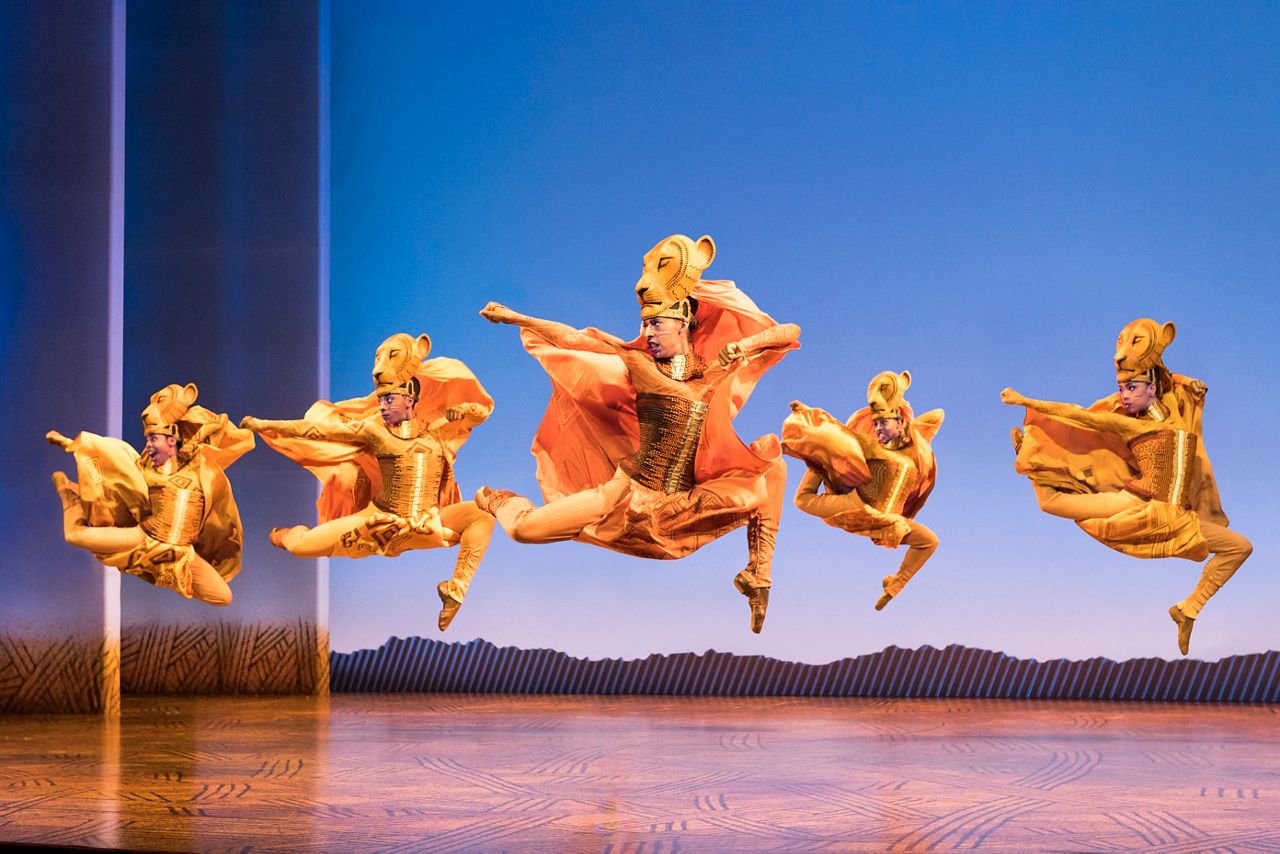
Another chant, also performed by Rafiki, didn’t get added into the show until the rehearsal process.
“We were working with Tsidii Le Loka who was playing Rafiki, and we [asked], ‘Was there any type of a chant, a tribal chant, that would be sung after the death of a family member?’” Mecchi said.
“And she pulled one up from her own background in her own memory and did that beautiful chant [that was added to the show as ‘Rafiki Mourns’],” Allers said.
Those rehearsals were a "sandbox" of sorts, they said. Whereas when they worked on the animation, they'd play around with things during a story board meeting, for the musical there was so much discovery and movement during rehearsals with actors and other members of the creative team.
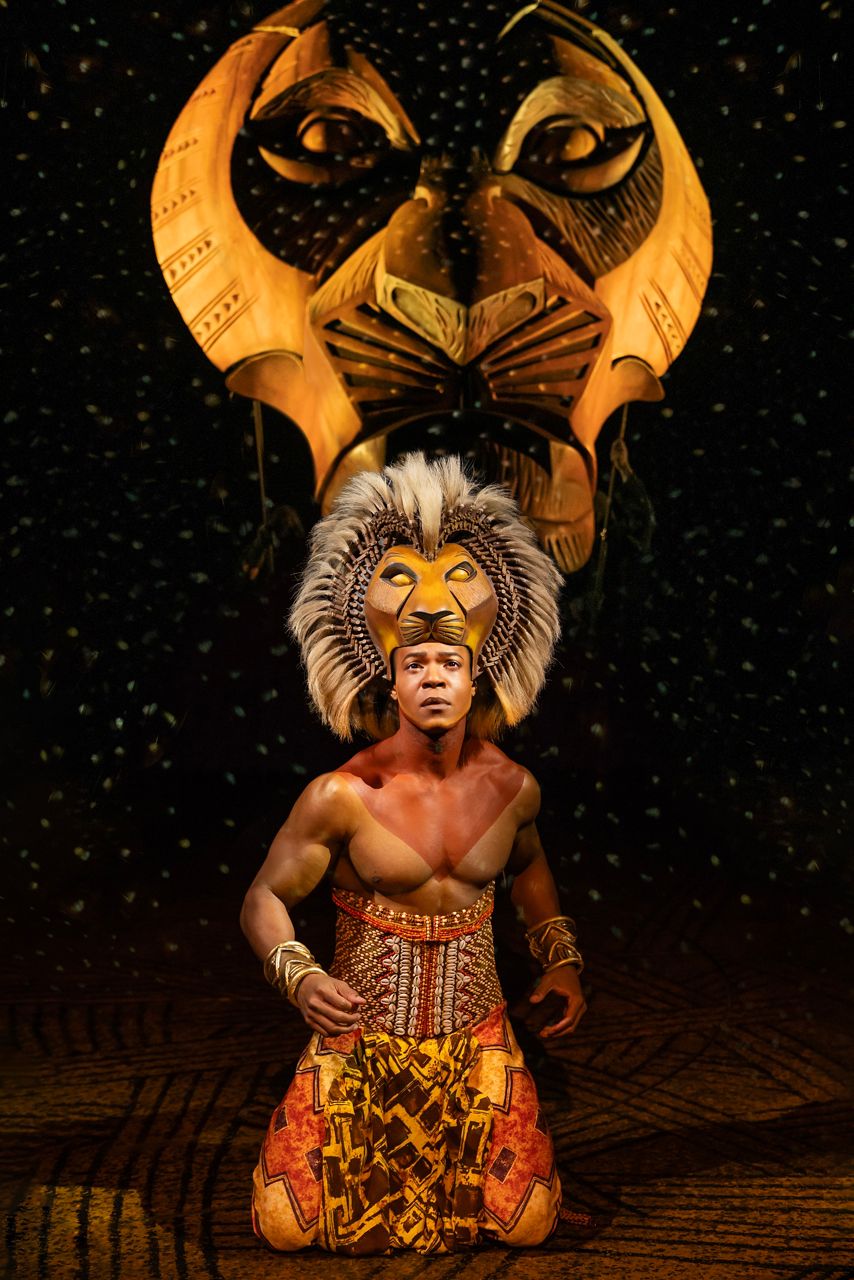
Plus, Allers said “The Lion King” comes back to that opening number: “The Circle of Life.”
“I think, in its deepest sense, it’s again to feel the reverence of the connection of all life — for me, working on the film [and] I feel it in the show — that to me is at the bottom of the whole thing,” Allers said. “Of course, there are other themes as well: Taking on the mantel of adulthood and becoming part of your community. And there’s the story of loss and reconnection with your loved ones who leave the earth before you.”
There’s a special connection with the show that spans generations in real life, too.
Mecchi recalled seeing the show in Los Angeles in Jan. 2023.
In the opening number, as the parade of animals came down, she noticed a 6-year-old girl nearby in the audience.
“I saw a 6-year-old little girl turn and her eyes got as wide as possible and mouthed, ‘Wow,’ and behind her was a woman in her 40s who had the exact same expression,” she recalled. “Connecting like that with this material that still connects — it’s not only affirming to what the show is all about but it’s also just so much fun to witness.”
Both Allers and Mecchi said they remain devoted to the show. They’ve seen it countless times and have sat it plenty of theaters around the world.
“The very opening of the show when Rafiki comes out with the call and gathers all of the animals to Pride Rock,” Allers said. “I think there is something about that which moves me every time and delights me also, because I feel the relationship to the cast members who are in those costumes. And they’re walking past you and it’s such a beautiful moment of connect. I think that’s what’s so fantastic about theater still.”
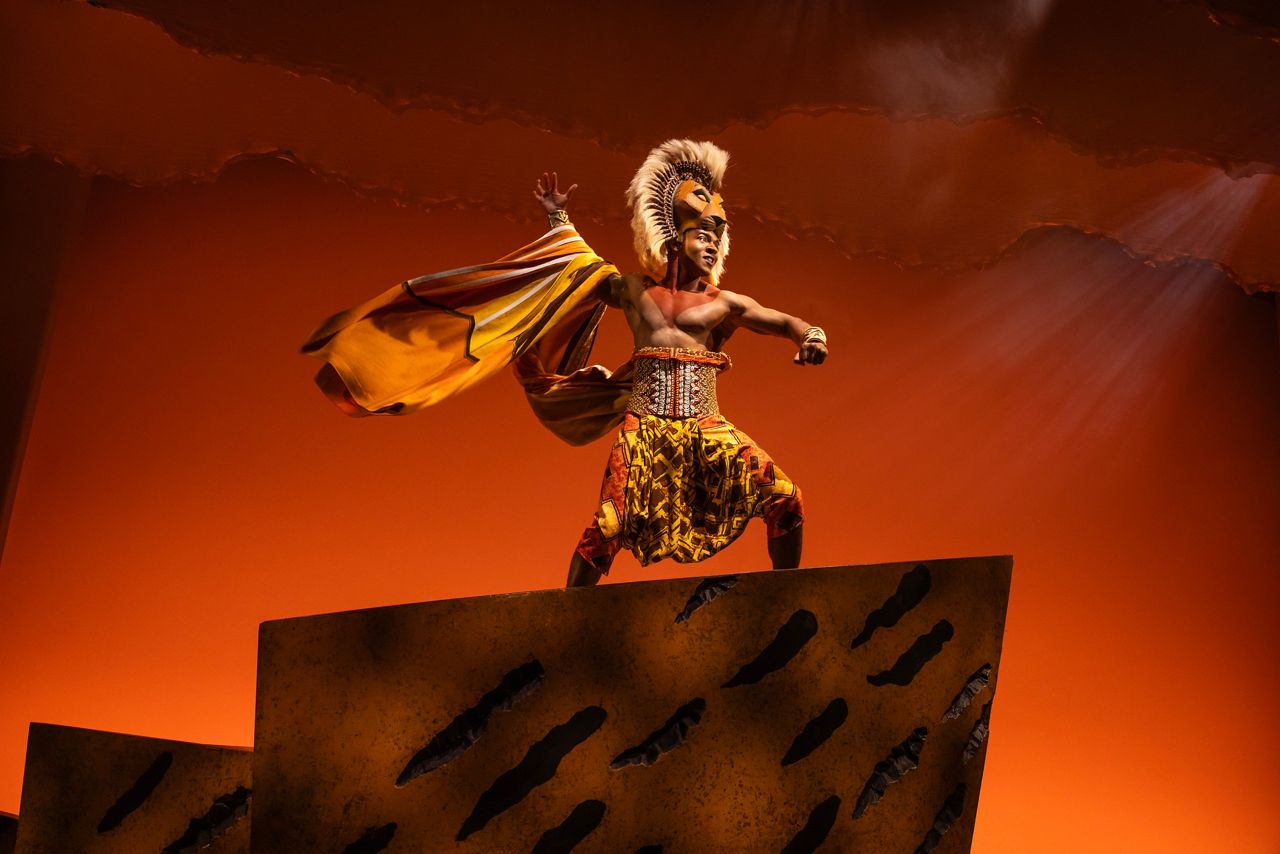
Mecchi said having a beloved movie become a piece of live theater is a huge responsibility.
After all, Mecchi said, 625 artists worked on the animated feature. Now, it's continuing to live beyond a television.
"It's a machine that is full of love for this project and that’s what I always think about, is just how many people are connected to keeping this thing going — this wonderful show going. And then you stir in an audience that’s still receptive to it; it’s just phenomenal for everybody involved,” she said.
That is why she and Allers both remain intertwined with the show, even though it’s been running for decades.
“I think that’s a lot of times in theater: Once it opens you just sort of go, ‘bye,’ but we really wanna make sure — again it’s that responsibility — [the show is as great as it can be],” she explained. “I grew up in San Francisco and if a musical was coming to town, it always looked great. And I think that’s what we owe to our audiences around the world: To give the best show possible every day.”
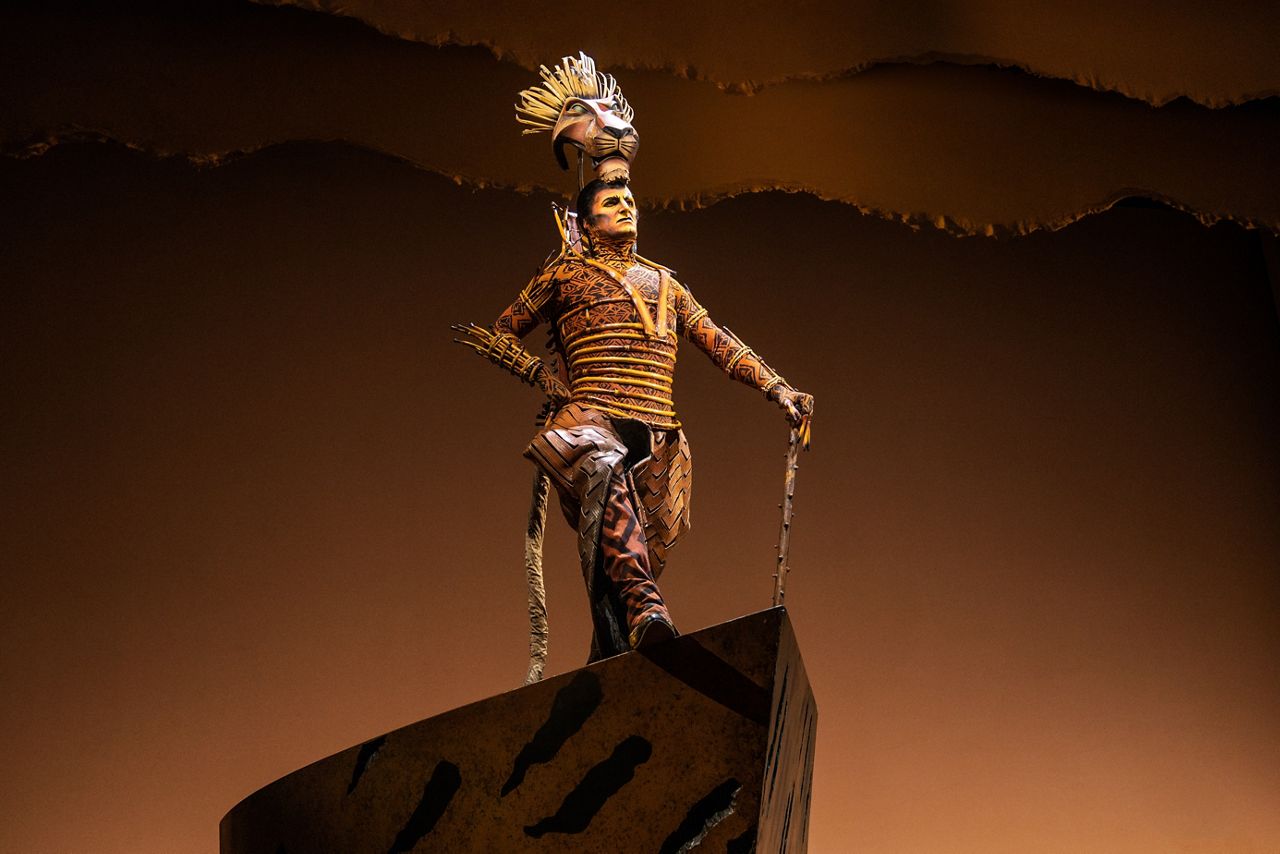
Plus, making that Disney magic has brought magic to the creative team, too.
“It’s such a privilege to meet the casts all around the world,” Allers said. “Irene and I have traveled all over and met them and worked with them and the joy that we feel them express — certainly within the show but also to us outside of the show — is so immense. It’s very moving…
“I just feel so lucky to have had this experience with everybody. It has certainly been a hug gift back to us.”
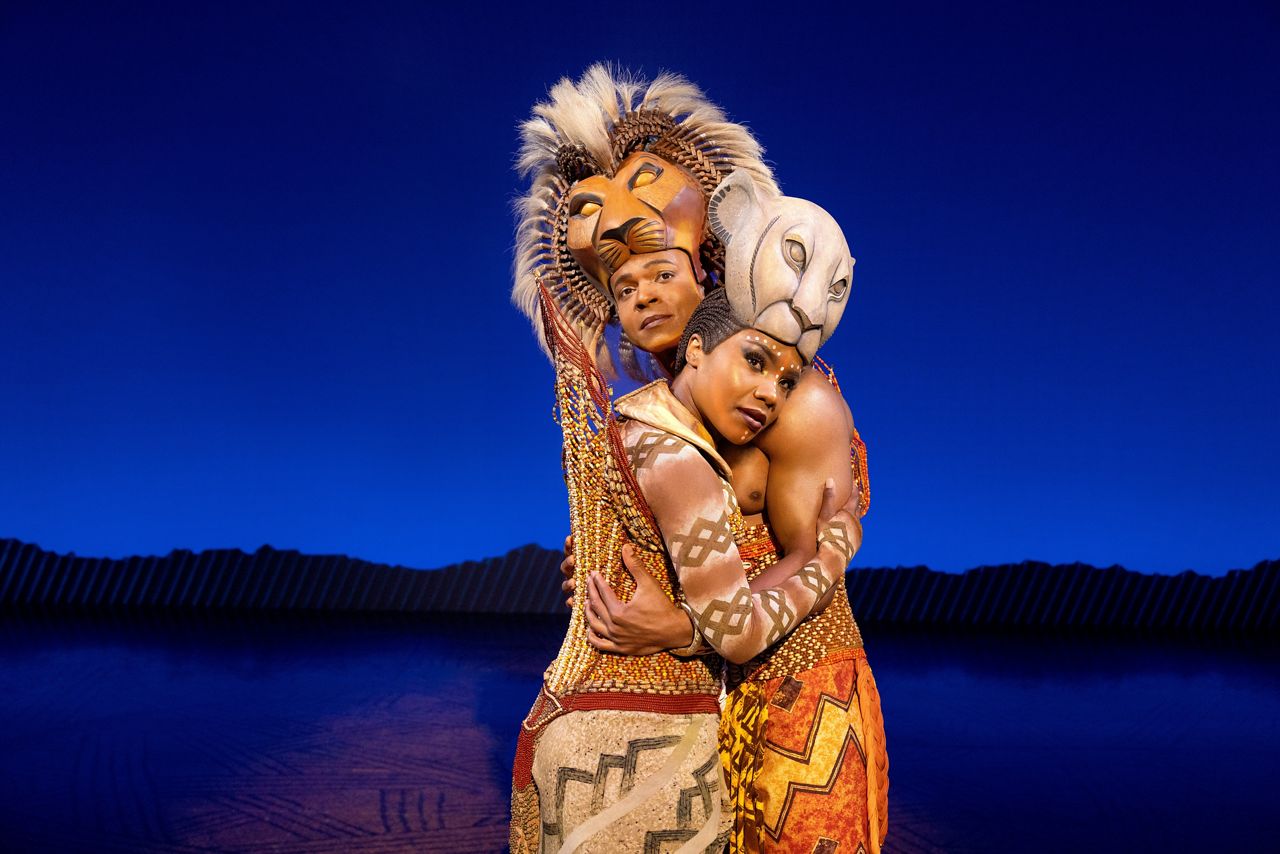
Disney's “The Lion King” runs at the Fox Cities Performing Arts Center in Appleton, Wis., from Jan. 8 to 26. Find ticket information here.
Aly Prouty - Digital Media Producer
Aly Prouty is a digital producer for Spectrum News 1 Wisconsin, Ohio and Kentucky. An award-winning, multimedia journalist, she holds an honors B.A. in journalism from Marquette University and an M.A. in journalism and media studies from The University of Alabama.




_crop)
